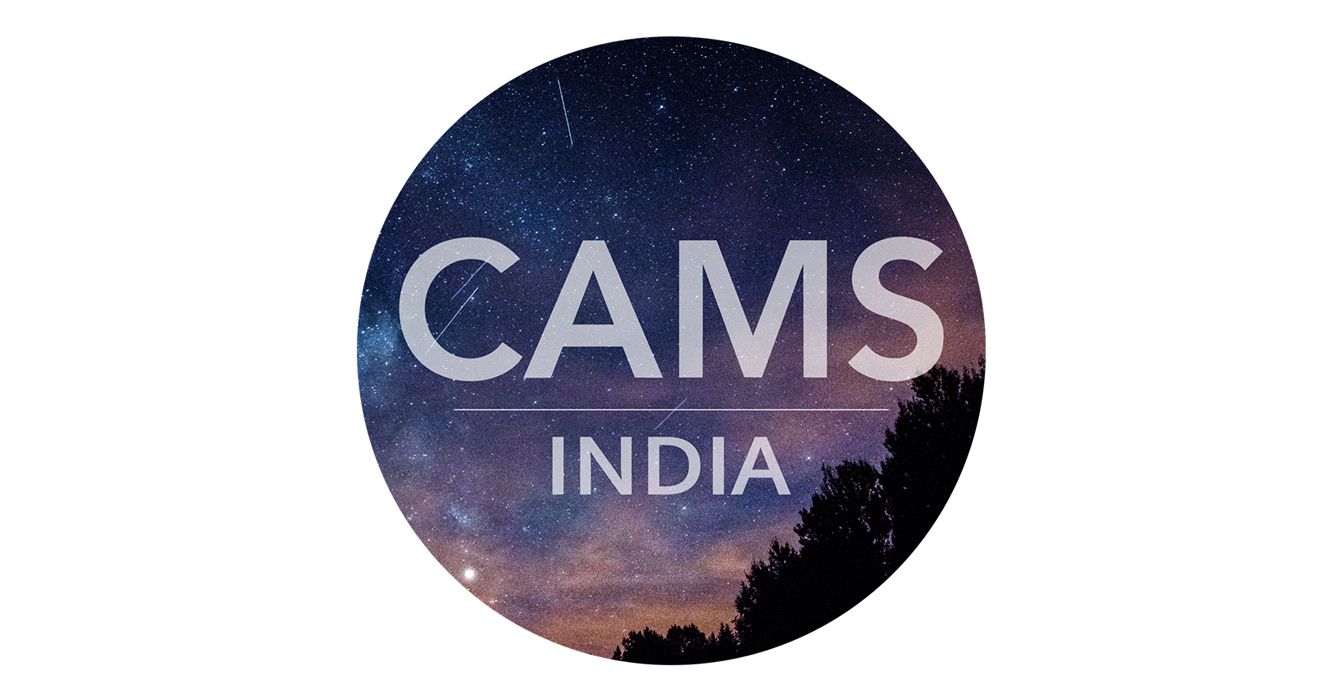
2020 and 2021 will go down as the two of the best years of my life. If I go back and think about what we achieved this year, working from our respective homes makes me feel like it was a dream. It was a year when we, as a part of CELESTIC, the IISER Tirupati Astronomy Club, managed a collaboration with an internationally recognized institute like SETI on a project named CAMS is a very proud moment for all of us. The story behind this is so interesting, and I would like to share it with you.
It was the month of August. I just had finished checking the Abhiprajna prelims theme round answer sheets when a batchmate contacted me asking that the head of IIT Madras Astronomy club, Vaibhavi Gawas, wants to contact me and asked for my email ID. While thinking about why she wanted to contact me, I sent my email ID to her. A few days later, I got an email from her asking if CELESTIC intends to contribute to Cameras for All-sky Meteor Surveillance (CAMS), which will collaborate with SETI. I was blown. The first thought that came into my mind was, “Ohh my God! Is this a dream? Is it really happening?” I had just taken over the club as the official club coordinator a few months back, and getting an opportunity like this was a dream come true. That was the first time I came to know that SETI wanted to expand CAMS in India, and if successful, this will be the first set up not only in India but the entire North-Eastern Hemisphere.
My first thought was that this was a massive opportunity for the club and the institute, and I decided to contact the Faculty head of the club, Dr. Jessy Jose. We started gathering more information about the project to propose it to the institute. That needed a few email conversations with the head of IIT Madras Astronomy club Horizon, Vaibhavi Gawas, and a meeting with Ms. Siddha Ganju, the AI lead from the CAMS team, who had originated the idea of having a CAMS set up in India. We also got in touch with SEDS VIT Vellore as a third station, and later they joined the party. When we had enough information, we decided to contact the director to approve funding for the project, and we got the project and funding of 5 lakhs INR approved. Here, I am proud and glad to inform you that we were the first team to get the funding approved. At the same time, SETI Institute organized a crowdfunding campaign which was led by me, through which we got approximately 20 Lakhs INR of funds.
Since then, it’s been about 18 months since we first had a meeting about the possibility of a CAMS Network in India, and things have started moving pretty fast. Ms. Siddha had selected Sahyadri Krishna, a student of IISER Tirupati, to work on a Machine Learning algorithm needed for the project and the meteor shower portal in collaboration with SpaceML as an intern. He has finished his work, and the end product can be seen as the new meteor shower portal, a place for CAMS to share all the collected data (https://meteorshowers.seti.org/). He also has written an article based on his experience which is available on Medium. Using the crowdfunding funds and the institute funds and with the help of Dr. Jessy Jose and Mr. Alastin V. P., we have bought some of the instruments and are waiting to receive the others. Due to some issues, SEDS VIT had to drop out, but we are having discussions with some other institutes to have the third setup of the CAMS India Network.
But before finishing, some information about the project. CAMS, which stands for Cameras for All-sky Meteor Surveillance, is a NASA-sponsored and SETI Institute founded project. It is one of the few projects with a TRL-9 deep learning solution in deployment (NASA rated Technology Readiness Level of the highest order). It was started in 2009 by Dr. Peter Jenniskens to observe and study all the IAU classified meteor showers and find new ones. Three setups separated by about 80–120 km radius are required for it to work. Over the past ten years, CAMS has scaled from a single camera to nearly 600 worldwide today. But there is a gap in the North-Eastern hemisphere. CAMS India was formed to get a CAMS network in India and patch this gap.
So, yes, this is a very proud moment for all of us. I always wanted to do something like this, and now that I have got a chance, I still can’t believe myself. We hope to have the first light for the setup by April of 2022 and look forward to producing and classifying more and more meteor showers.
This article was originally posted for medium.com.





